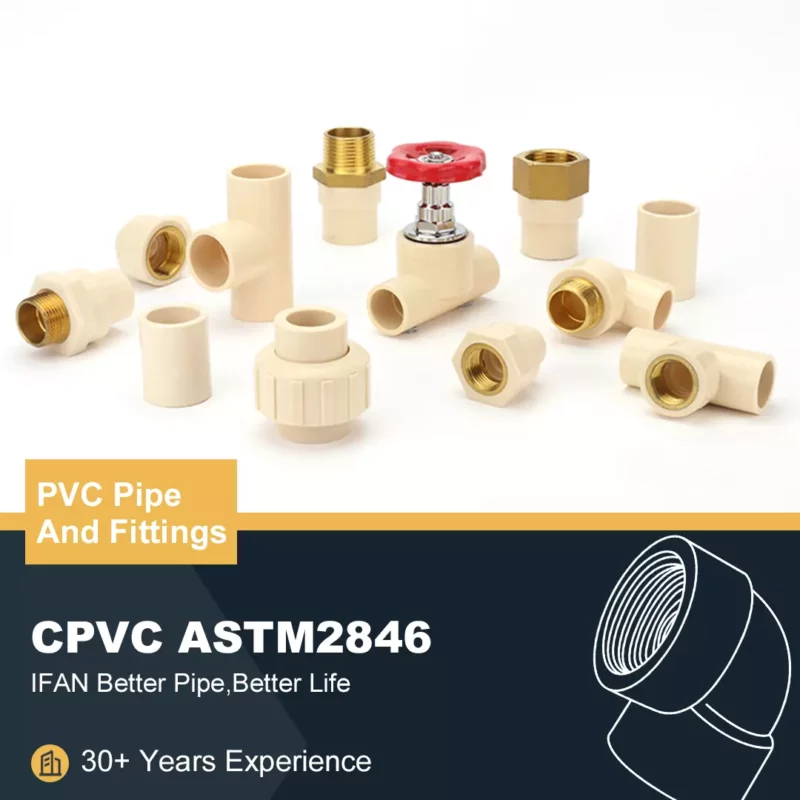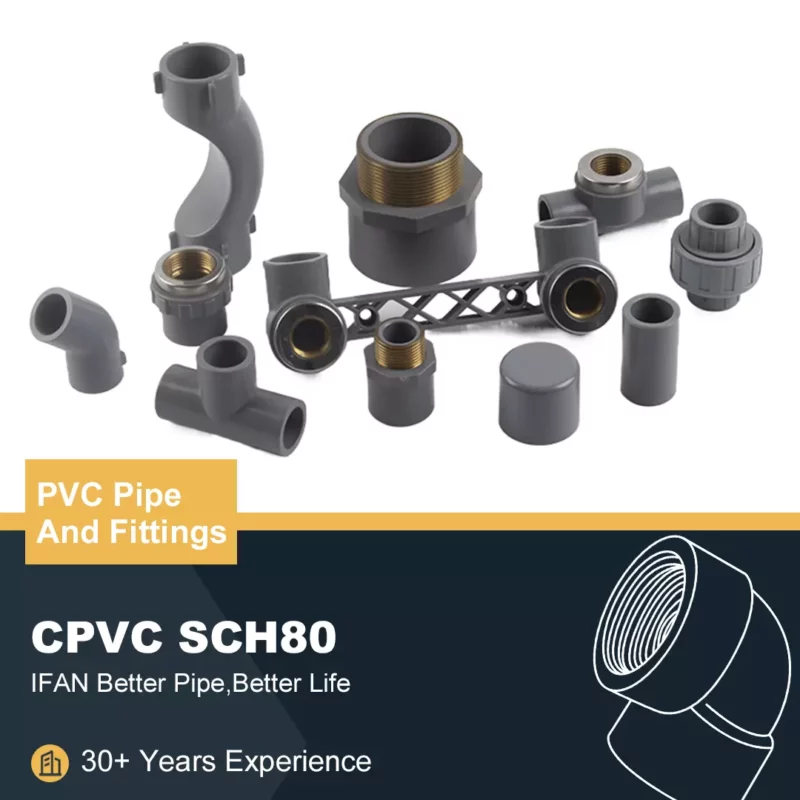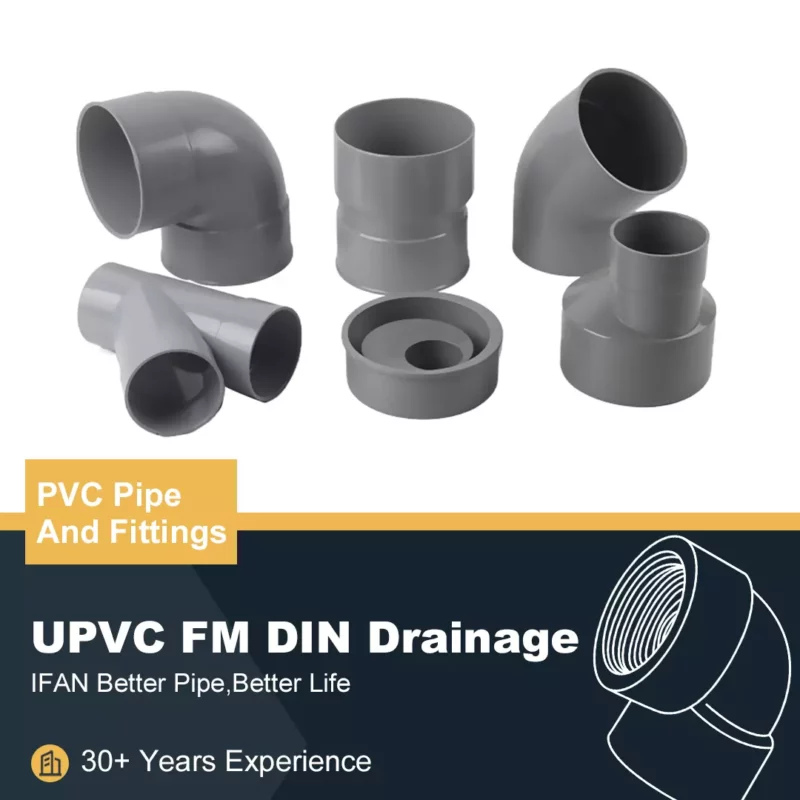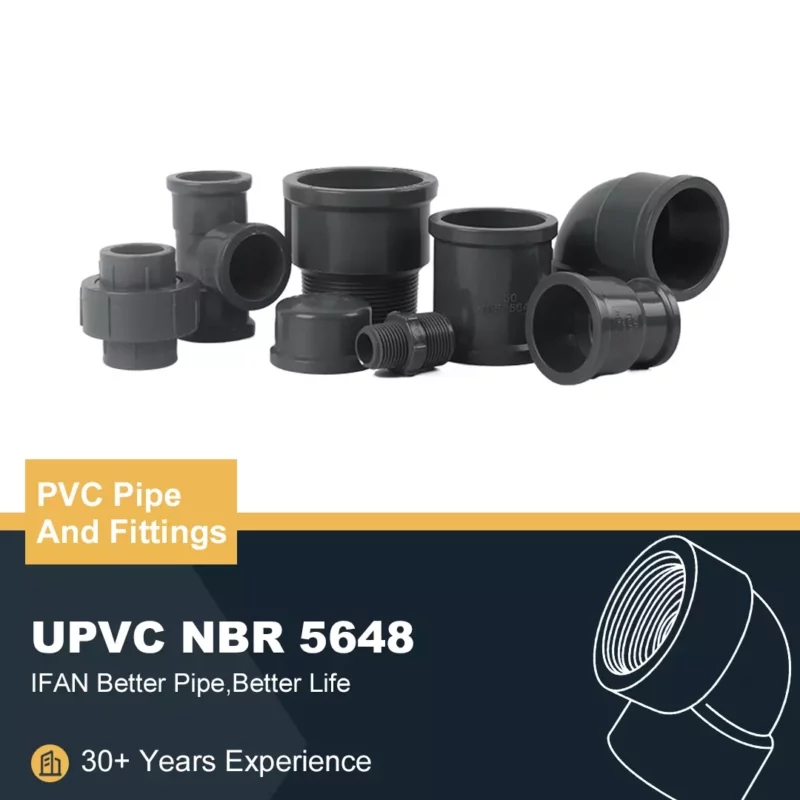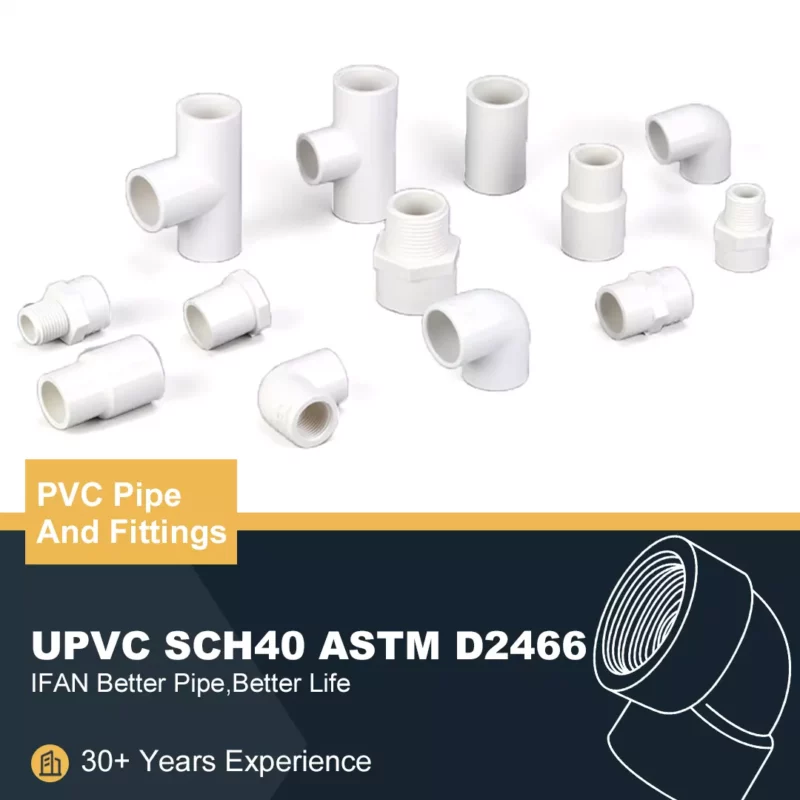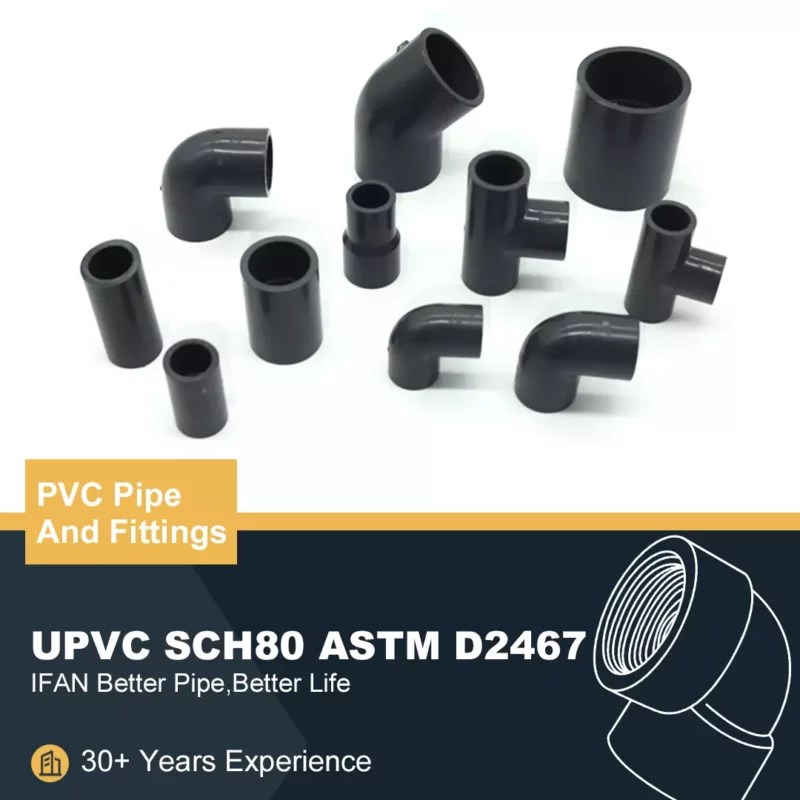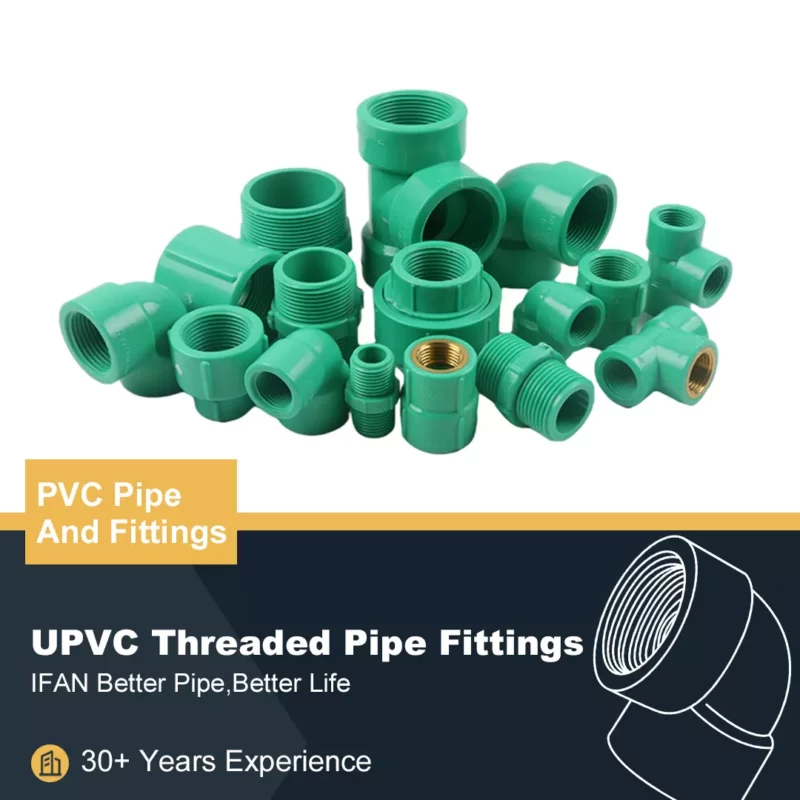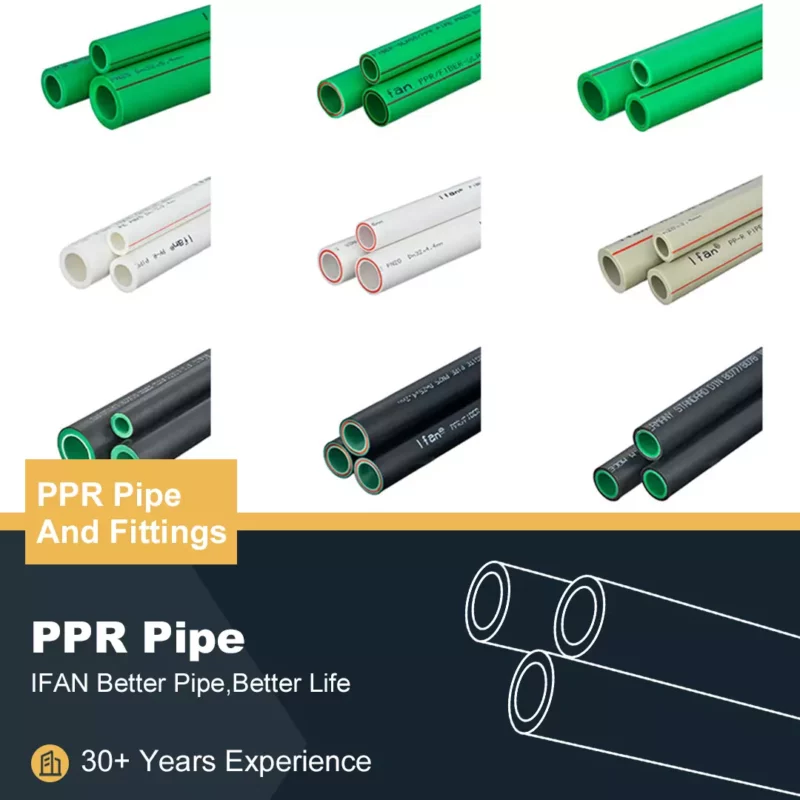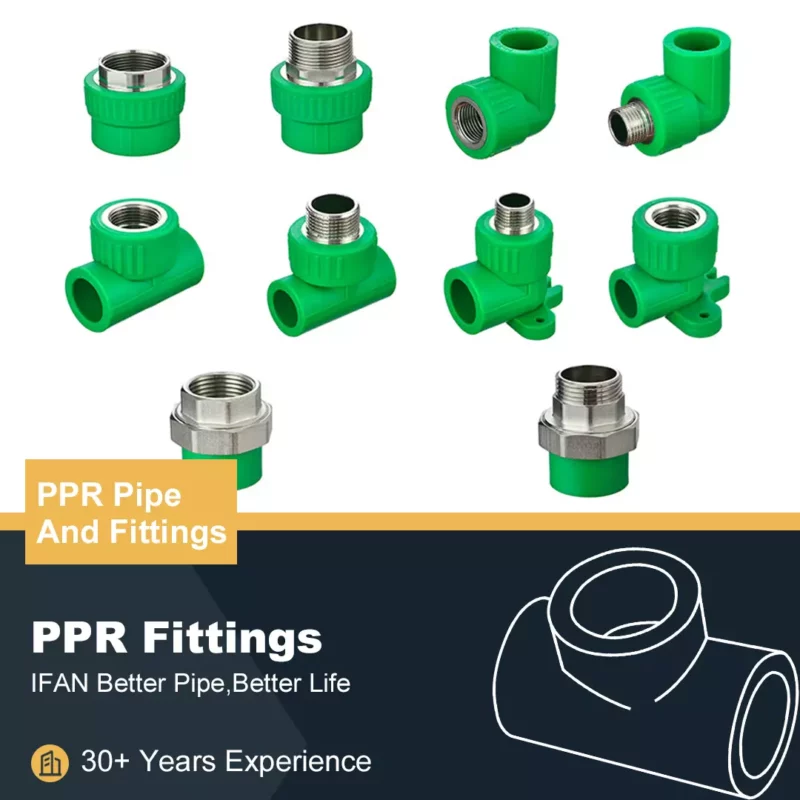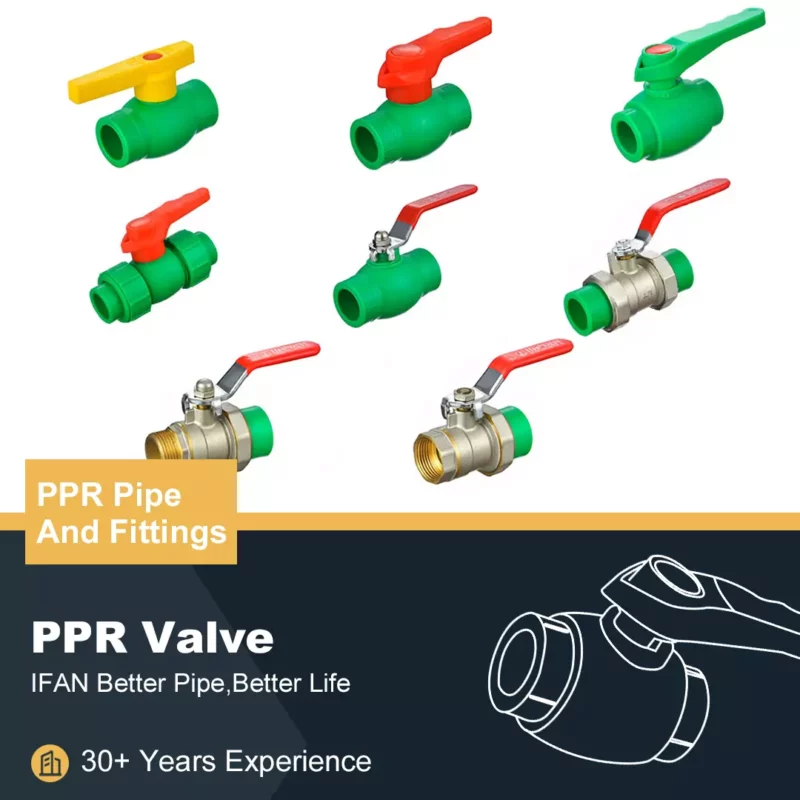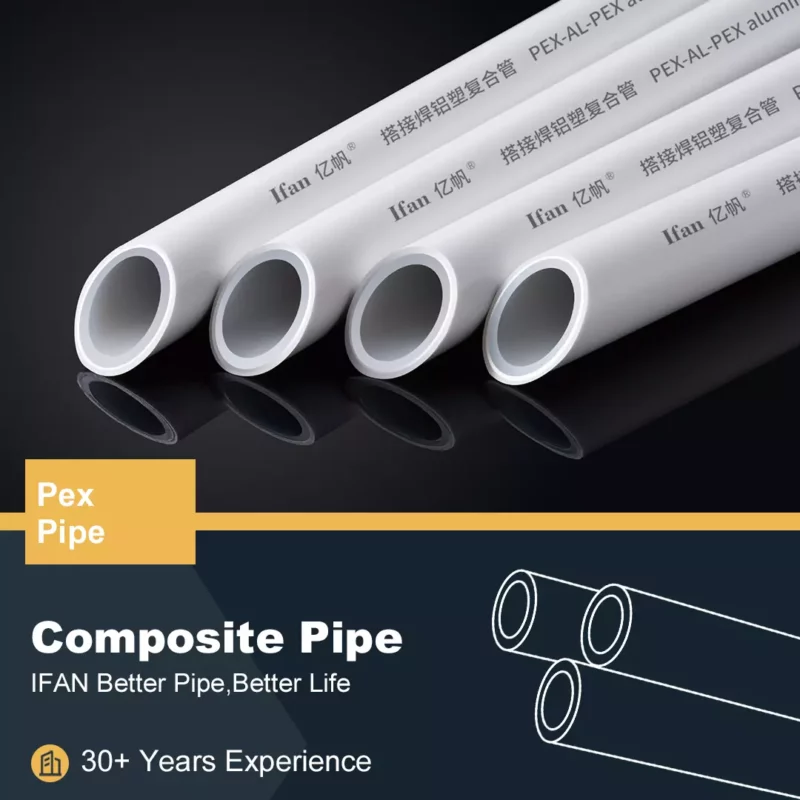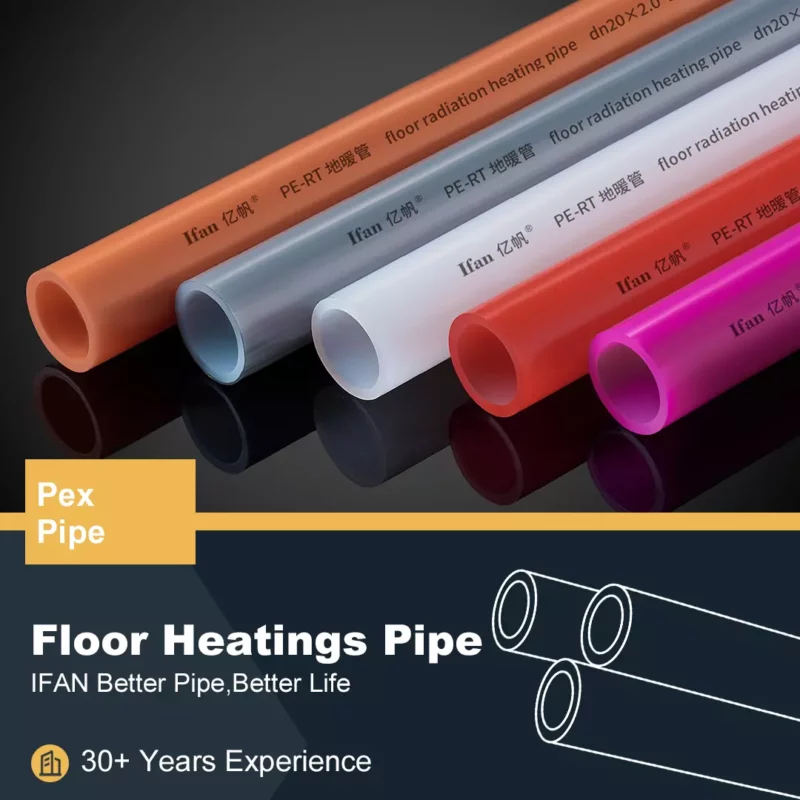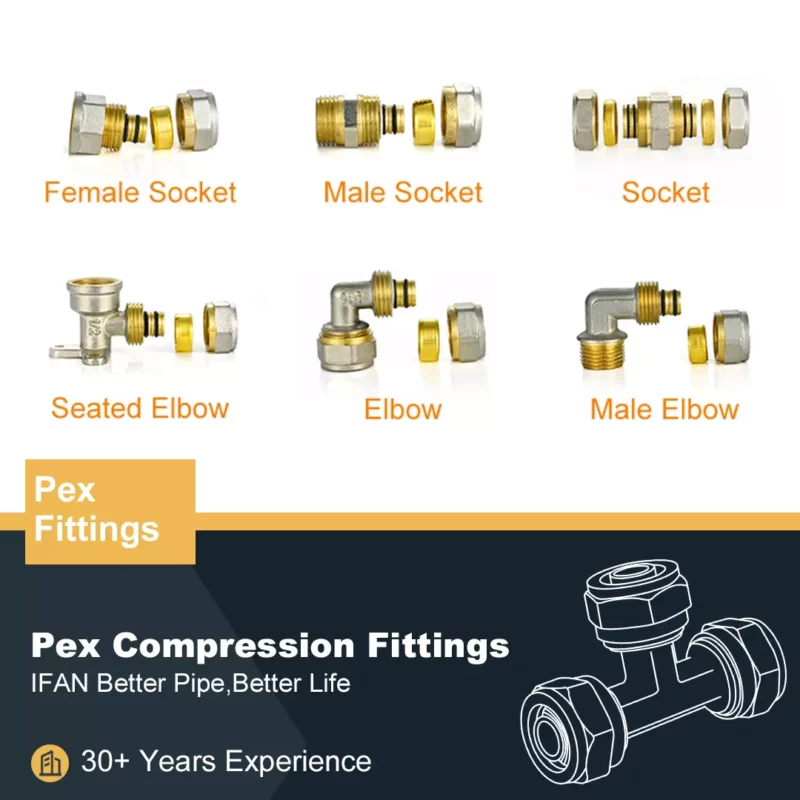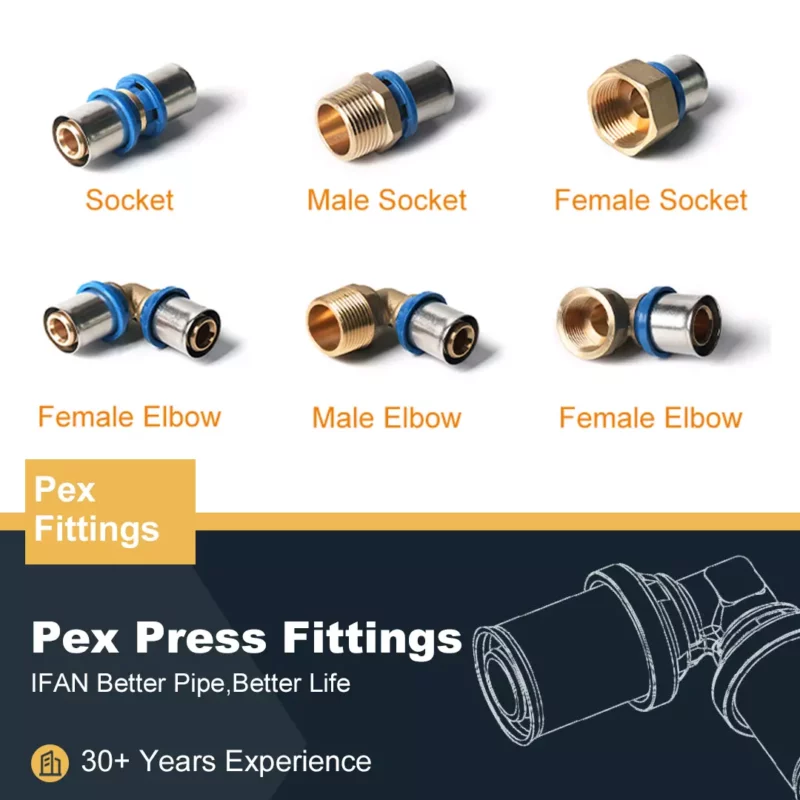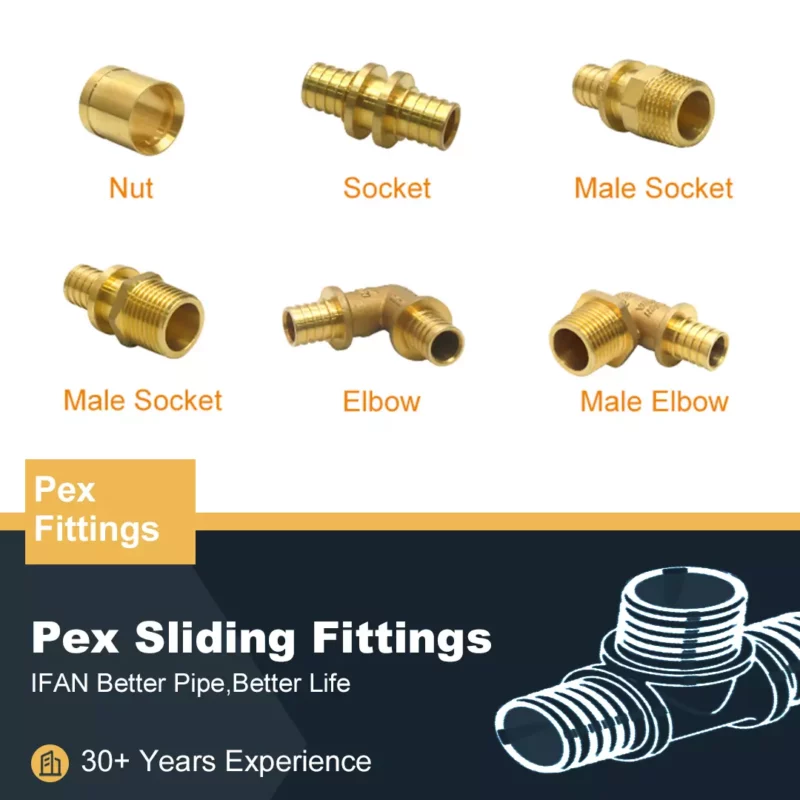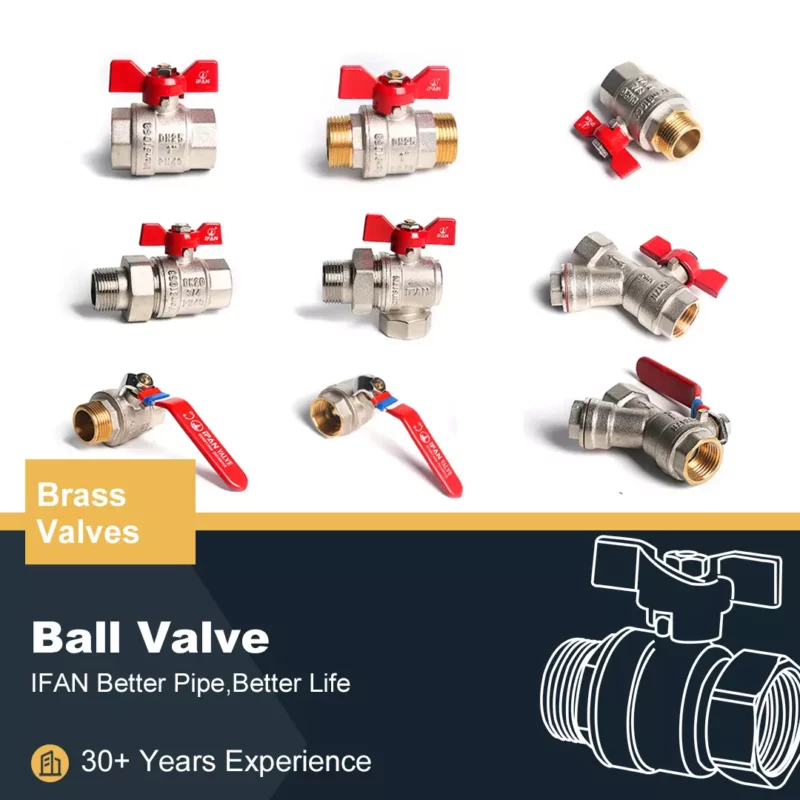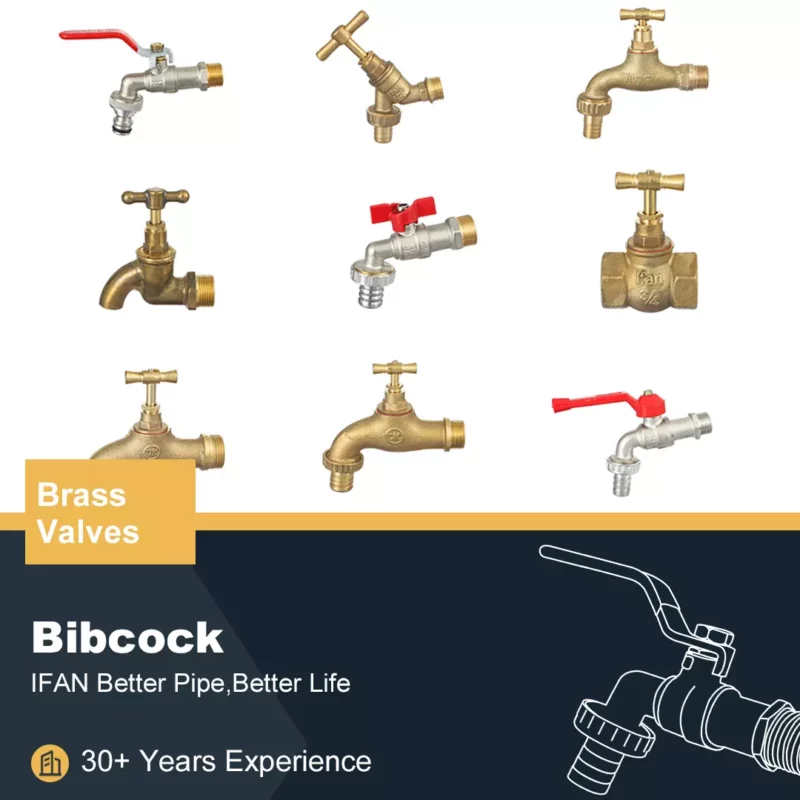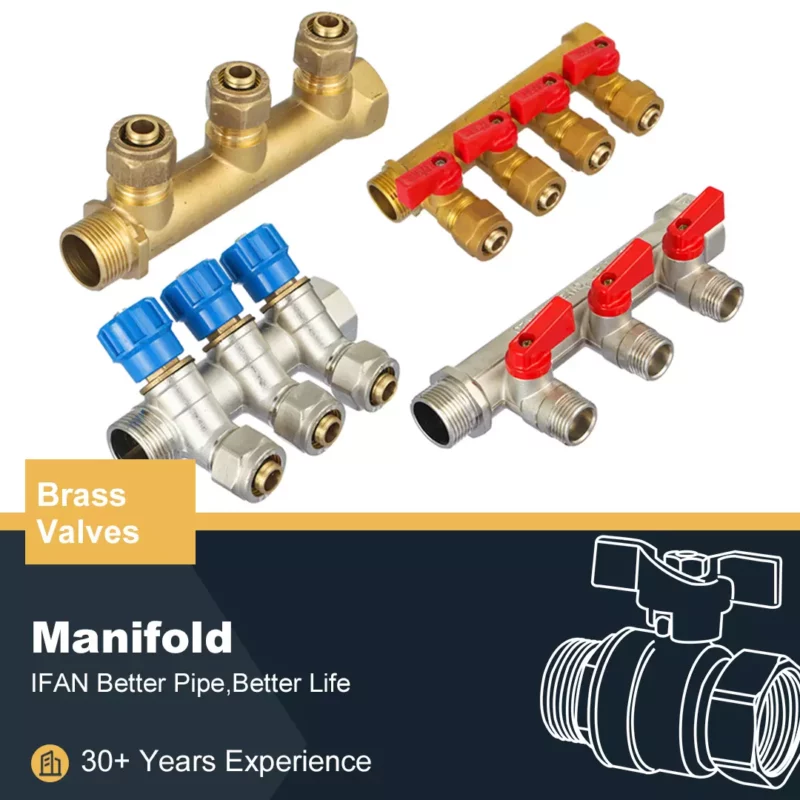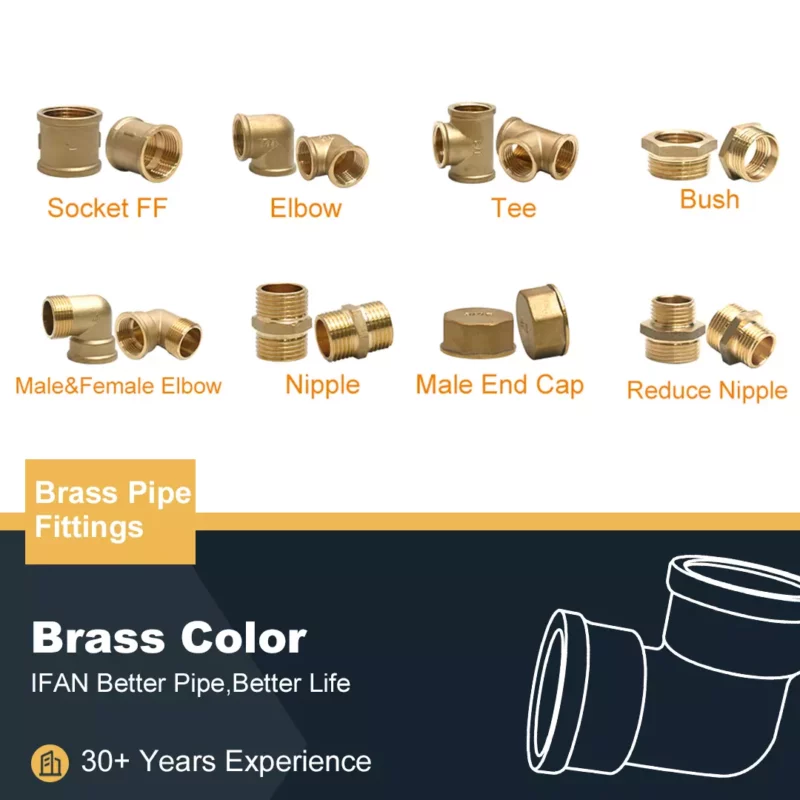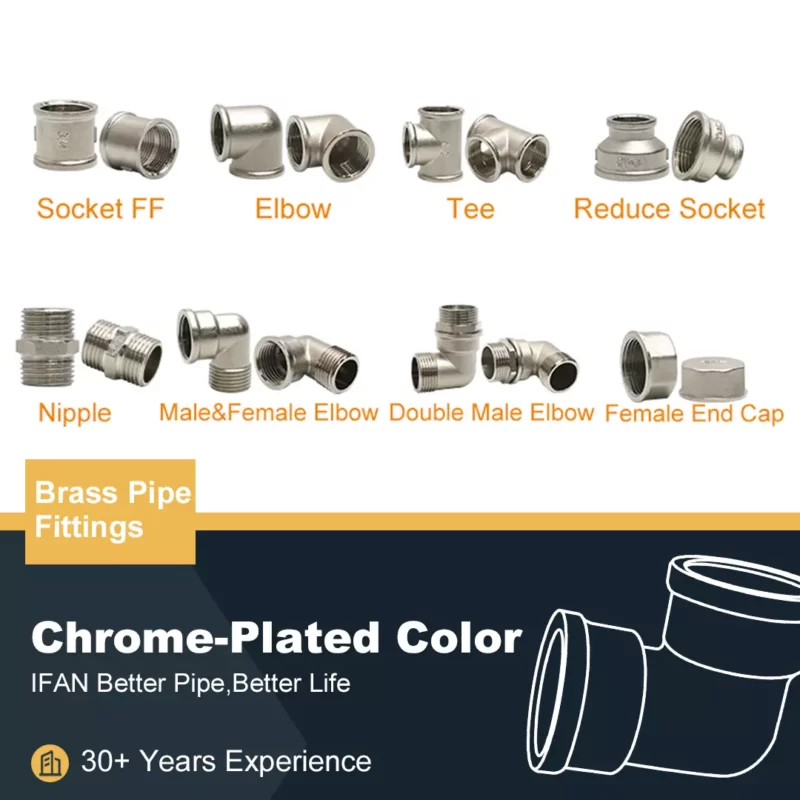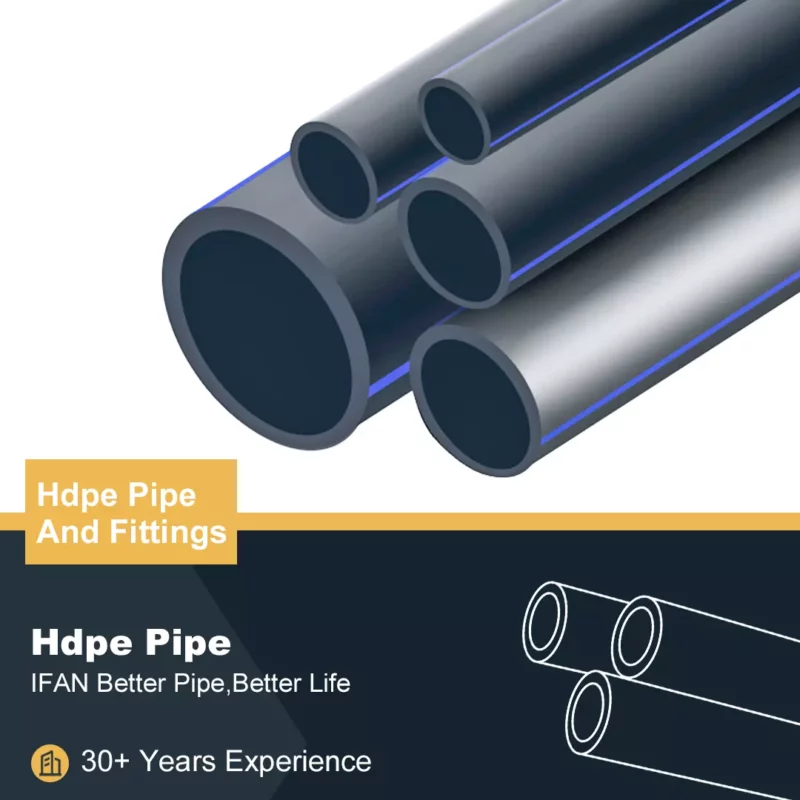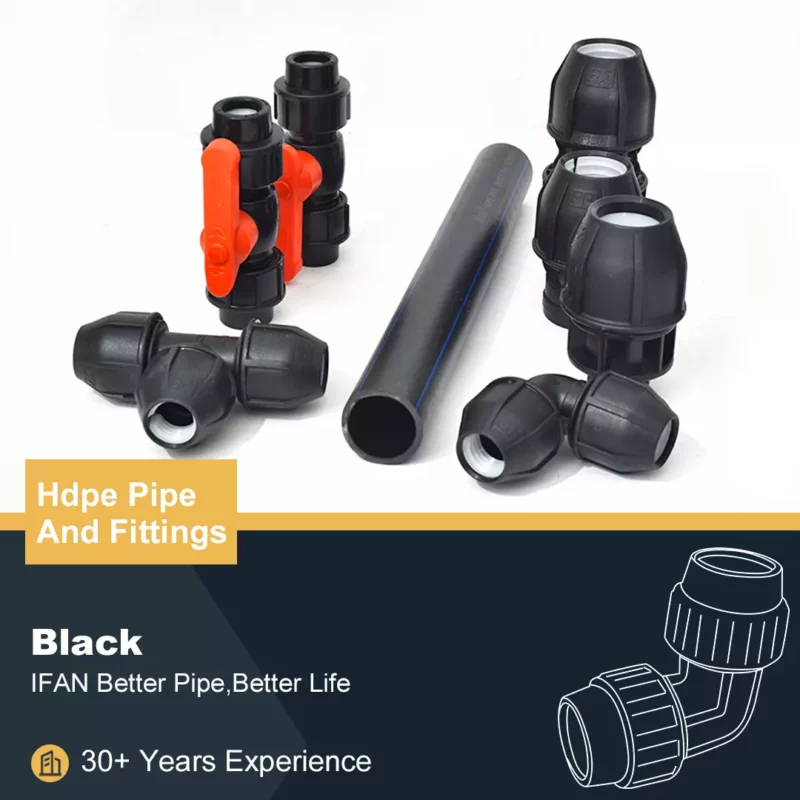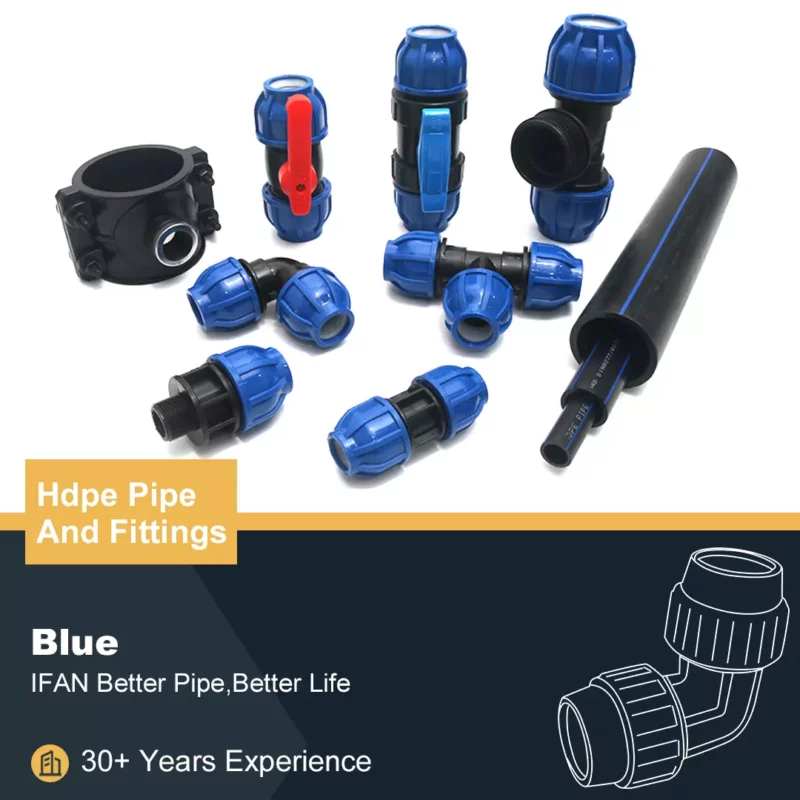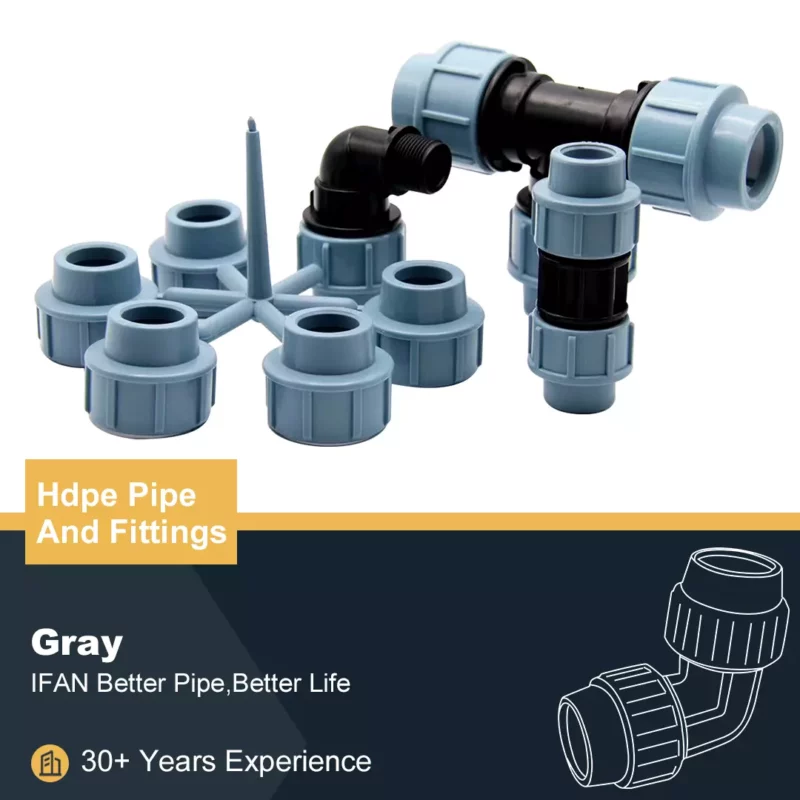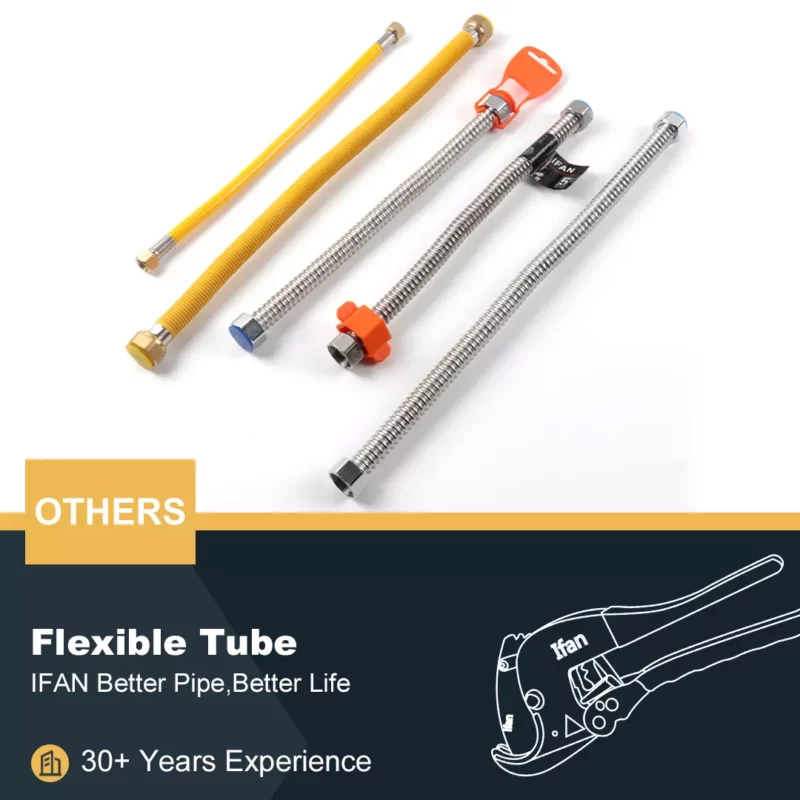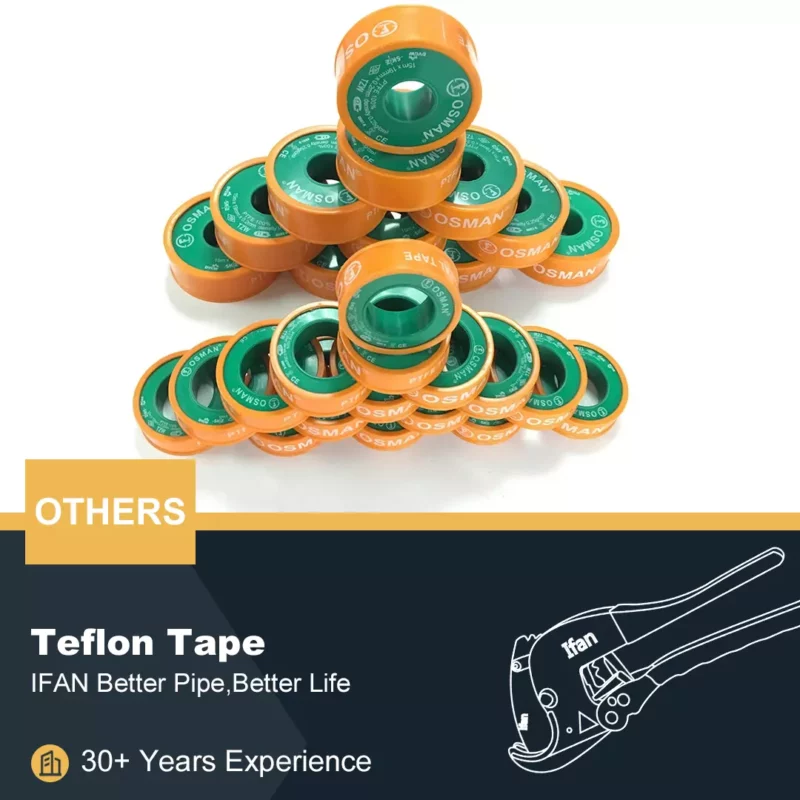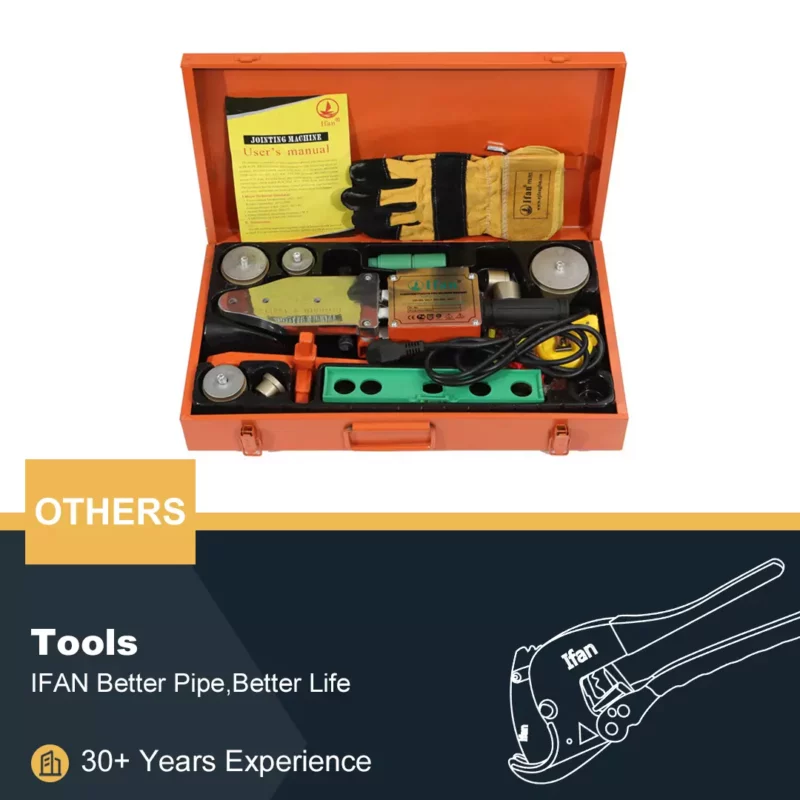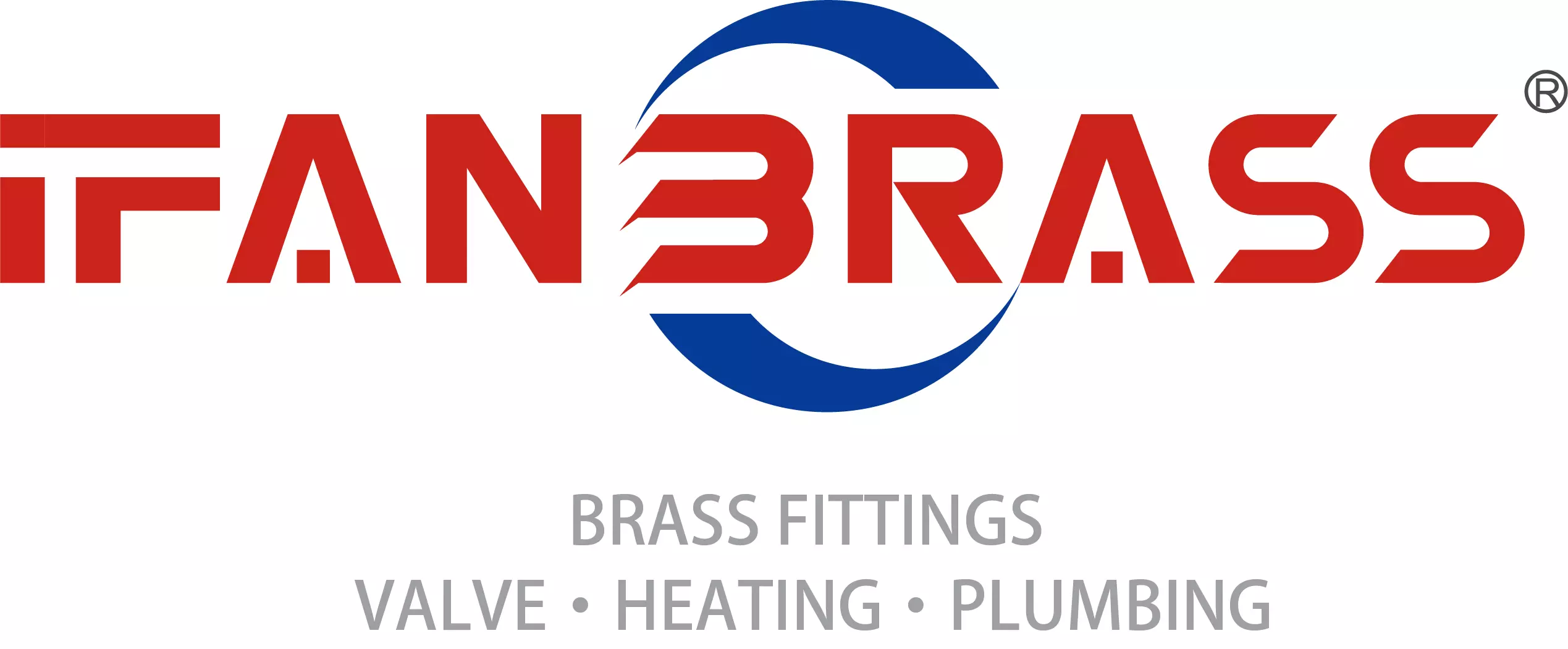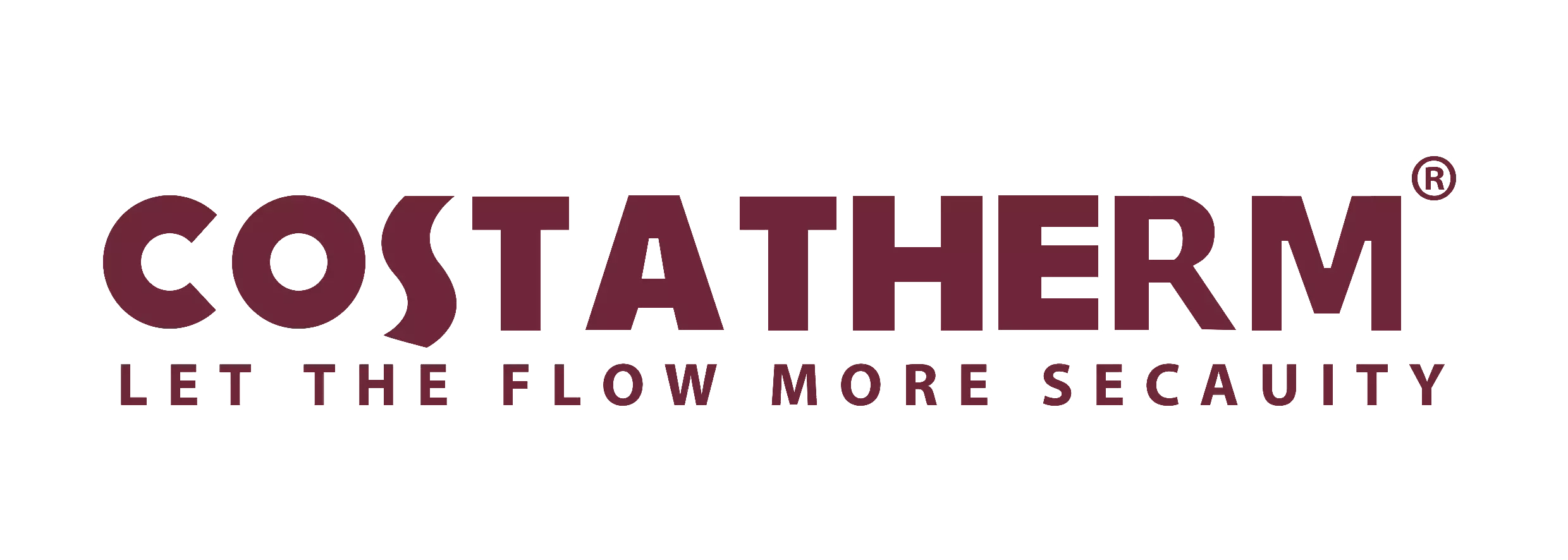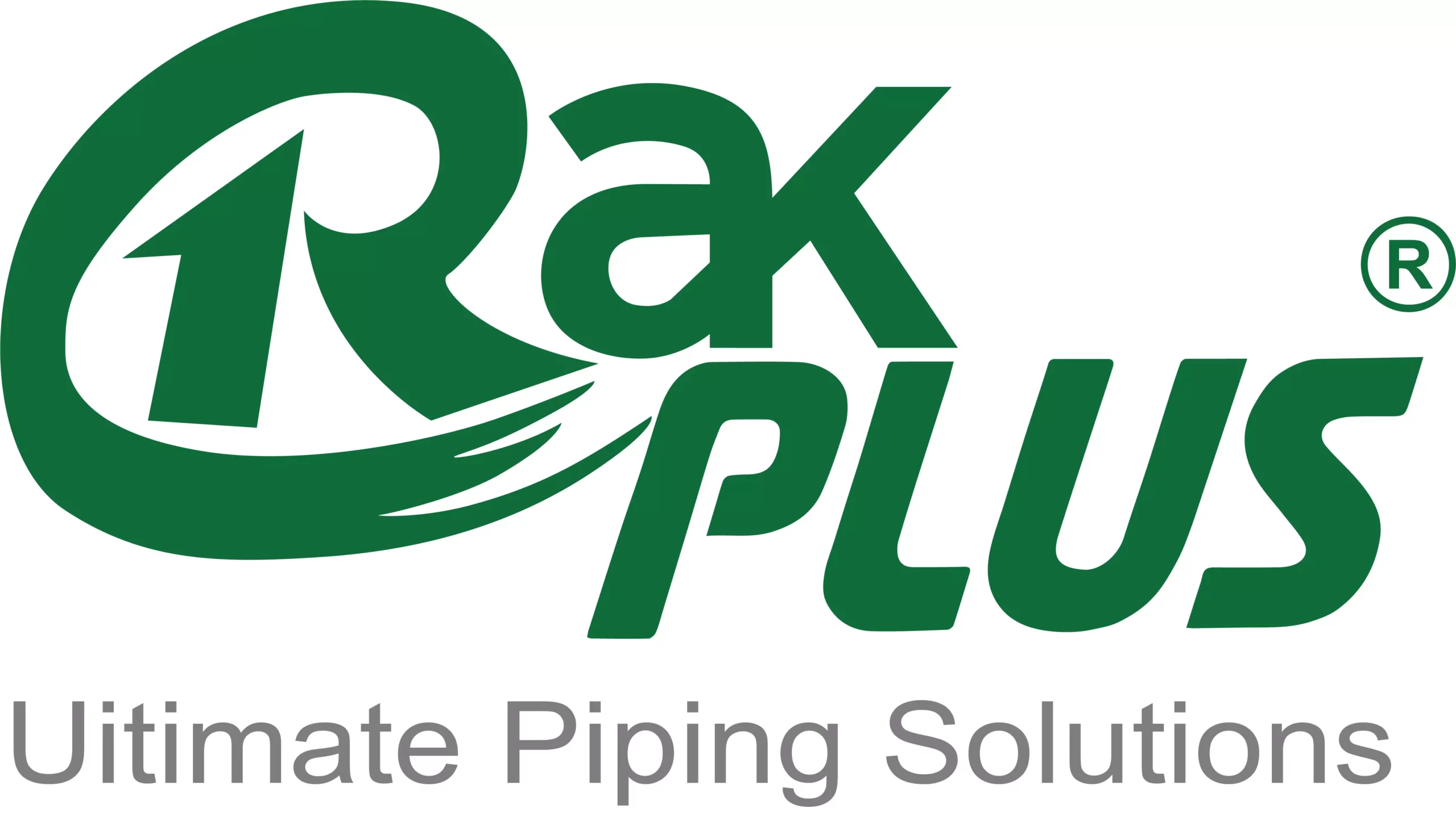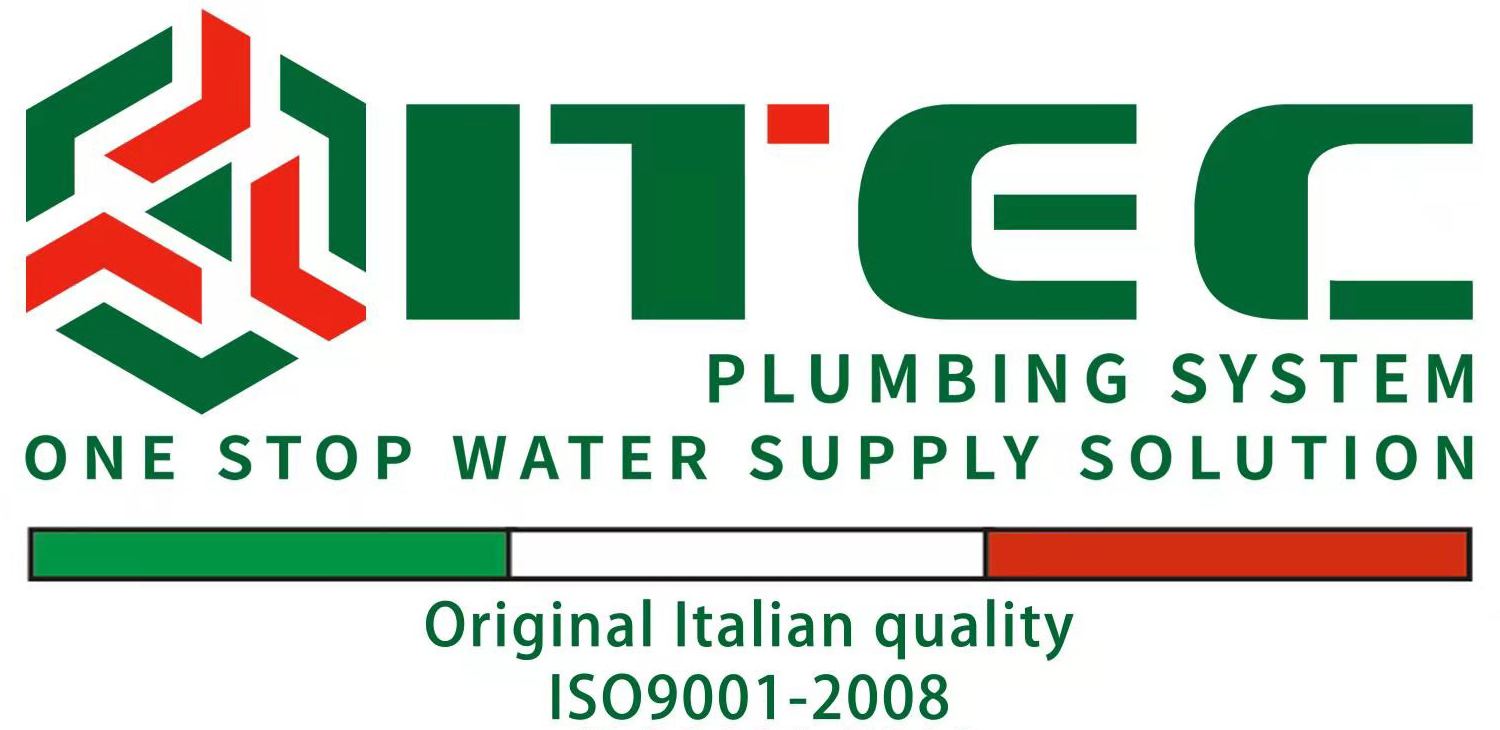Introduction to PPH Pipe Fittings
PPH pipe fittings provide reliable solutions for various piping needs. These fittings offer unique features that make them suitable for different applications. This article explores the features, benefits, and uses of PPH pipe fittings.
What is PPH?
PPH stands for Polypropylene Homopolymer. It is a type of plastic that is known for its strength and durability. PPH is different from other polypropylene types due to its unique molecular structure. This structure gives PPH its high performance in demanding conditions.
Features of PPH Pipe Fittings
Durability
PPH pipe fittings exhibit exceptional durability. They resist impact and stress better than many other materials. Their robust nature makes them suitable for heavy-duty applications.
Chemical Resistance
PPH fittings handle a wide range of chemicals effectively. They resist acids, bases, and solvents. This chemical resistance makes them ideal for industrial applications.
High Temperature Resistance
PPH fittings can withstand high temperatures. They maintain their structural integrity even in elevated heat conditions. This high-temperature resistance is beneficial in various industrial processes.
Lightweight
PPH fittings are lightweight compared to metal options. Their reduced weight simplifies handling and installation. This characteristic also lowers transportation costs.
Smooth Flow
The inner surface of PPH pipes is smooth. This smoothness promotes efficient fluid flow and reduces friction. It minimizes the risk of blockages and build-up inside the pipes.
Low Moisture Absorption
PPH fittings have low moisture absorption rates. This quality helps maintain the integrity of the fittings in humid environments. It prevents issues like swelling or deformation.
Applications of PPH Pipe Fittings
Industrial Processes
Industries use PPH pipe fittings for handling various chemicals. They perform well in environments with harsh chemicals and high temperatures. Their durability makes them suitable for industrial piping systems.
Water Treatment
In water treatment facilities, PPH fittings play a crucial role. They handle corrosive substances and maintain system efficiency. Their resistance to chemicals makes them a reliable choice.
HVAC Systems
PPH fittings find applications in HVAC systems. Their ability to withstand temperature changes and resist chemicals benefits these systems. They ensure reliable performance in heating and cooling applications.
Laboratory Use
In laboratories, PPH fittings are used for their chemical resistance. They manage corrosive substances and maintain precise conditions. Their smooth flow characteristics support accurate experimental setups.
Advantages of PPH Pipe Fittings
Cost-Effectiveness
PPH fittings offer a cost-effective solution compared to metals. Their longevity and low maintenance needs contribute to overall savings. They are economical for both initial investment and long-term use.
Ease of Installation
The lightweight nature of PPH fittings makes installation straightforward. Fewer tools and less labor are required, speeding up the process. This ease of installation reduces overall project costs.
Low Maintenance Requirements
PPH fittings need minimal maintenance. Their resistance to chemicals and corrosion means they stay functional longer. This low maintenance requirement helps in reducing downtime and repair costs.
Flexibility
PPH fittings are flexible, allowing for various configurations. This flexibility makes them suitable for complex piping systems. They adapt well to different installation scenarios.
Disadvantages of PPH Pipe Fittings
Temperature Limitations
Although PPH fittings handle high temperatures, they have limits. Extreme temperatures can affect their performance. It is essential to stay within recommended temperature ranges for optimal use.
UV Sensitivity
PPH fittings can degrade with prolonged UV exposure. Direct sunlight can weaken the material over time. Using UV-resistant coatings or providing protection can mitigate this issue.
Installation Tips for PPH Pipe Fittings
Proper Cutting
Use the correct tools to cut PPH pipes. Ensure cuts are clean and straight to avoid leaks. Deburr the edges to ensure a smooth connection between fittings.
Secure Connections
Ensure all fittings are securely attached. Apply appropriate adhesives or sealants to prevent leaks. Regularly check connections for any signs of wear or damage.
Alignment and Support
Properly align and support PPH pipes during installation. Misalignment can cause stress and potential damage. Adequate support prevents sagging and maintains system efficiency.
Maintenance of PPH Pipe Fittings
Regular Inspections
Inspect PPH fittings regularly for any damage. Look for cracks, leaks, or signs of wear. Early detection helps in addressing issues before they become major problems.
Cleaning
Clean PPH fittings with non-abrasive, mild cleaners. Avoid harsh chemicals that could damage the material. Regular cleaning maintains optimal performance and longevity.
Addressing Issues Promptly
Address any issues, such as leaks or damage, as soon as they arise. Timely repairs prevent further damage and maintain system reliability. Regular maintenance ensures continued effective operation.
Conclusion
PPH pipe fittings offer durability, chemical resistance, and high-temperature performance. Their lightweight and smooth flow properties make them suitable for a range of applications. Understanding their features and maintenance needs helps in maximizing their benefits for any project.
If you have read this article and have any questions, please feel free to contact IFAN. Below is our contact information:
Whatsapp:+86 13373827623
Email:[email protected]

